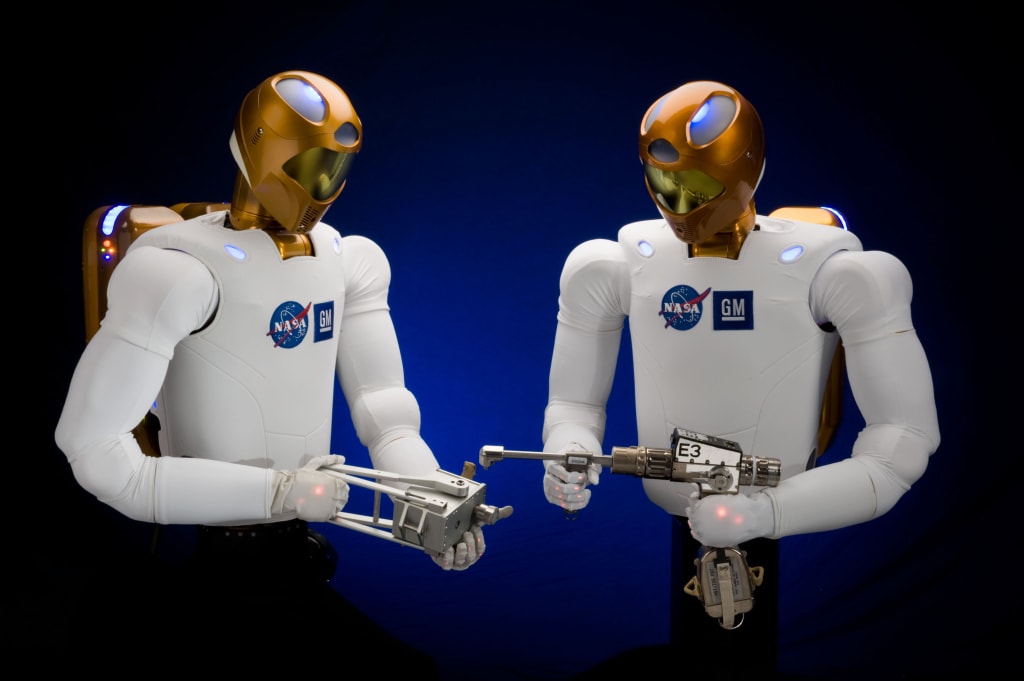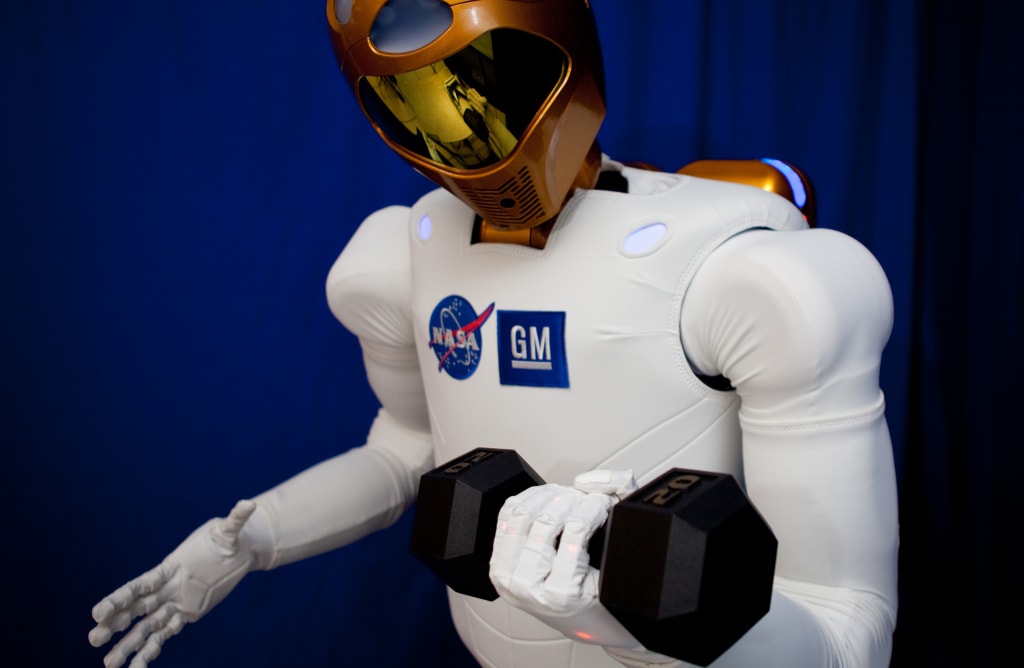A new historic moment is in the making these days in the US, as the National Aeronautics and Space Administration (NASA) is getting ready to launch into space the Robonaut 2. If successful, the robot's trip to the International Space Station (ISS) will mark mankind's first human-like robot to leave this planet.
Robonaut 2, also known as R2, was co-developed by NASA with American manufacturer GM and is meant to be used as an assistant to humans. R2 weighs 300-pounds and is built as a human with a head, a torso and two hands, but with no legs.
R2 can use the same tools that station crew members use but, for now, due to the lack of proper outer-space protection, it cannot be used in spacewalks. NASA however hopes that in the not so distant future, R2 will not only be able to accompany humans outside the ISS, but also perform spacewalk missions on its own.
Still, R2 is only along for the ride in its first mission. During the mission, the robot and the effects of zero gravity, radiation and electromagnetic interference will be studied.
The robot will be sent into space this September, aboard space shuttle Discovery's STS-133 mission.
“The use of R2 on the space station is just the beginning of a quickening pace between human and robotic exploration of space,” said John Olson, director of NASA's Exploration Systems Integration Office. “The partnership of humans and robots will be critical to opening up the solar system and will allow us to go farther and achieve more than we can probably even imagine today.”
The announcement of this historic moment came the same day the Obama administration proposed the $19 billion 2011 budget plan for NASA. Viewed as the foundation stone for the future of space exploration, the budget, together with the new plan outlined by the president, marks the end of the Constellation program.
From now on, NASA is likely to shift its efforts from creating new spacecraft and rockets, meant to replace shuttle fleet which will retire next year. The new focus will no longer be space flight and Lunar landings, but science, research and development that could lead to technological and aeronautic advancements.
The new budget includes efforts to study de Sun, develop new and better satellites and, ultimately, tend to the needs of the first international human outpoust in space, the ISS.
It is, if you like, a step-by-step approach, meant to replace the giant-leaps dictated by President John F. Kennedy for the 20th century.
Robonaut 2, also known as R2, was co-developed by NASA with American manufacturer GM and is meant to be used as an assistant to humans. R2 weighs 300-pounds and is built as a human with a head, a torso and two hands, but with no legs.
R2 can use the same tools that station crew members use but, for now, due to the lack of proper outer-space protection, it cannot be used in spacewalks. NASA however hopes that in the not so distant future, R2 will not only be able to accompany humans outside the ISS, but also perform spacewalk missions on its own.
Still, R2 is only along for the ride in its first mission. During the mission, the robot and the effects of zero gravity, radiation and electromagnetic interference will be studied.
The robot will be sent into space this September, aboard space shuttle Discovery's STS-133 mission.
“The use of R2 on the space station is just the beginning of a quickening pace between human and robotic exploration of space,” said John Olson, director of NASA's Exploration Systems Integration Office. “The partnership of humans and robots will be critical to opening up the solar system and will allow us to go farther and achieve more than we can probably even imagine today.”
The announcement of this historic moment came the same day the Obama administration proposed the $19 billion 2011 budget plan for NASA. Viewed as the foundation stone for the future of space exploration, the budget, together with the new plan outlined by the president, marks the end of the Constellation program.
From now on, NASA is likely to shift its efforts from creating new spacecraft and rockets, meant to replace shuttle fleet which will retire next year. The new focus will no longer be space flight and Lunar landings, but science, research and development that could lead to technological and aeronautic advancements.
The new budget includes efforts to study de Sun, develop new and better satellites and, ultimately, tend to the needs of the first international human outpoust in space, the ISS.
It is, if you like, a step-by-step approach, meant to replace the giant-leaps dictated by President John F. Kennedy for the 20th century.


